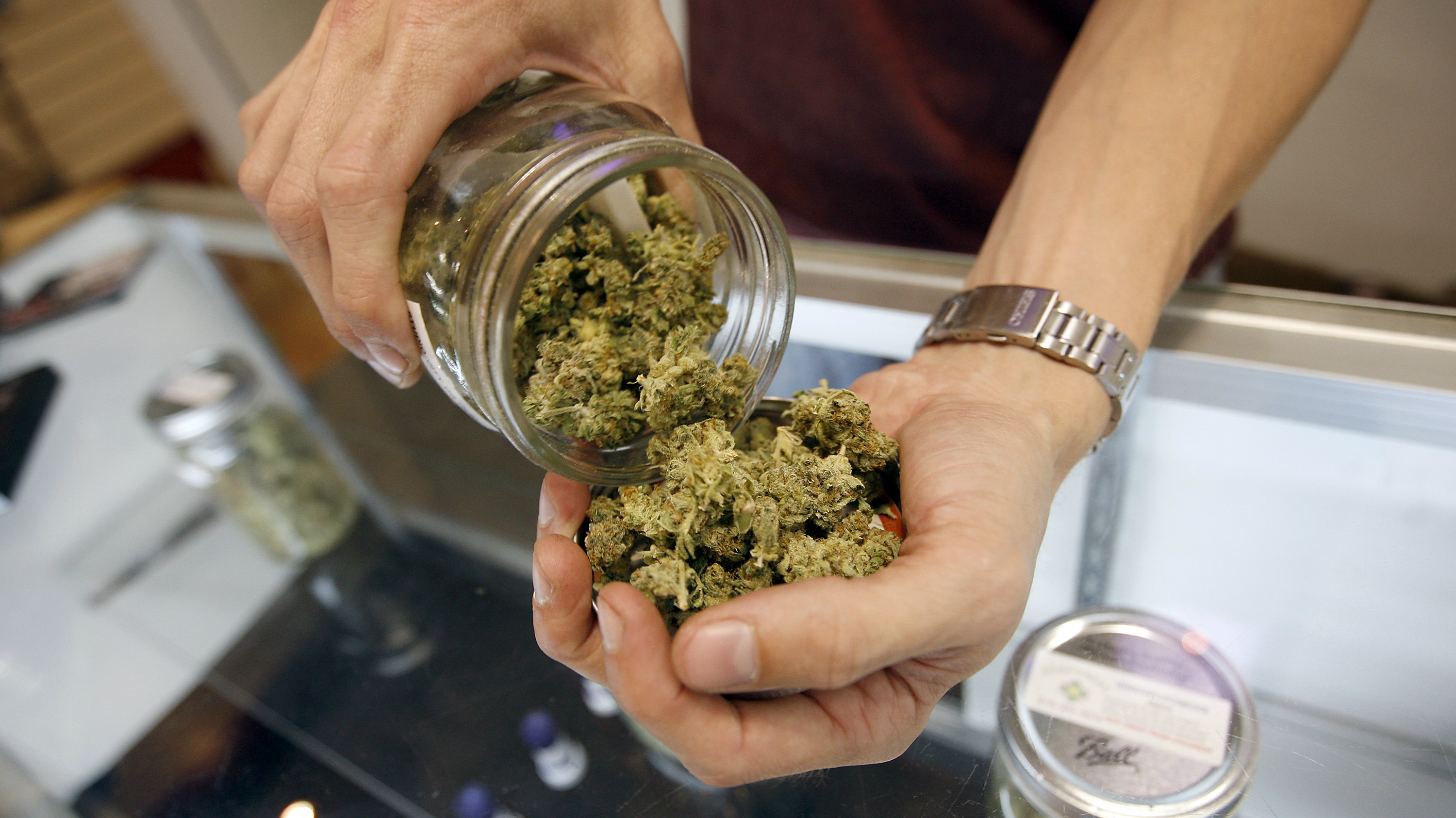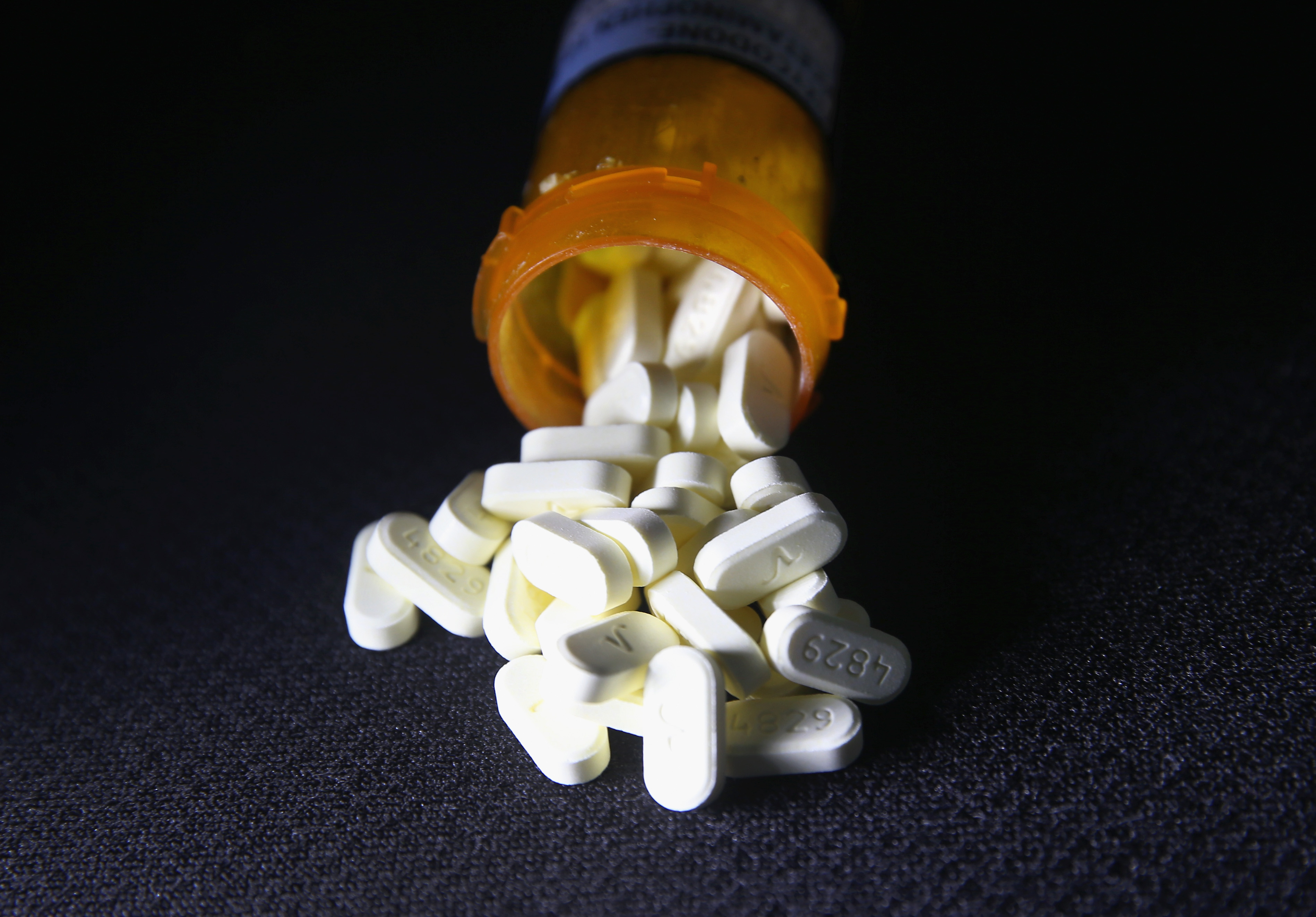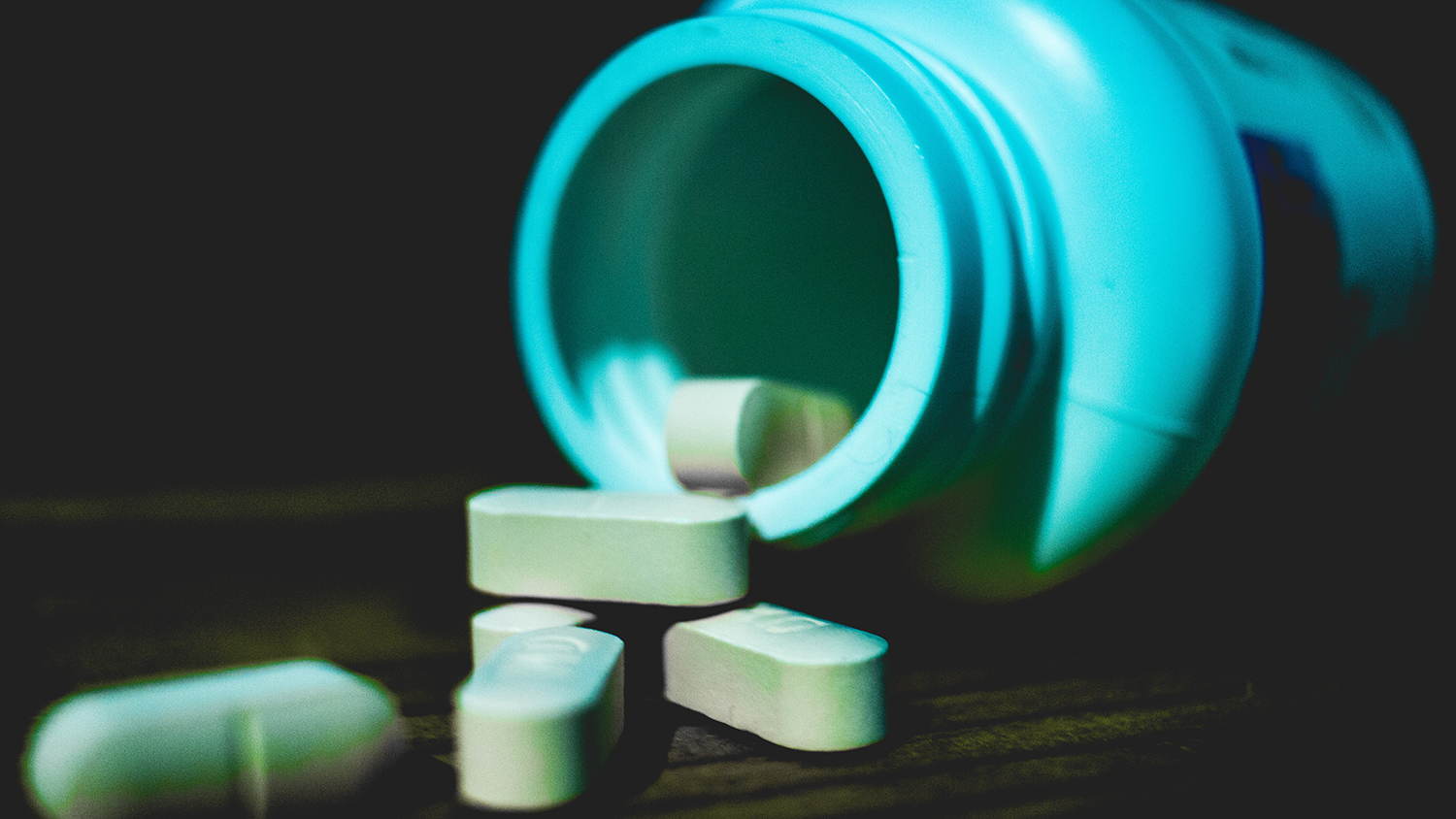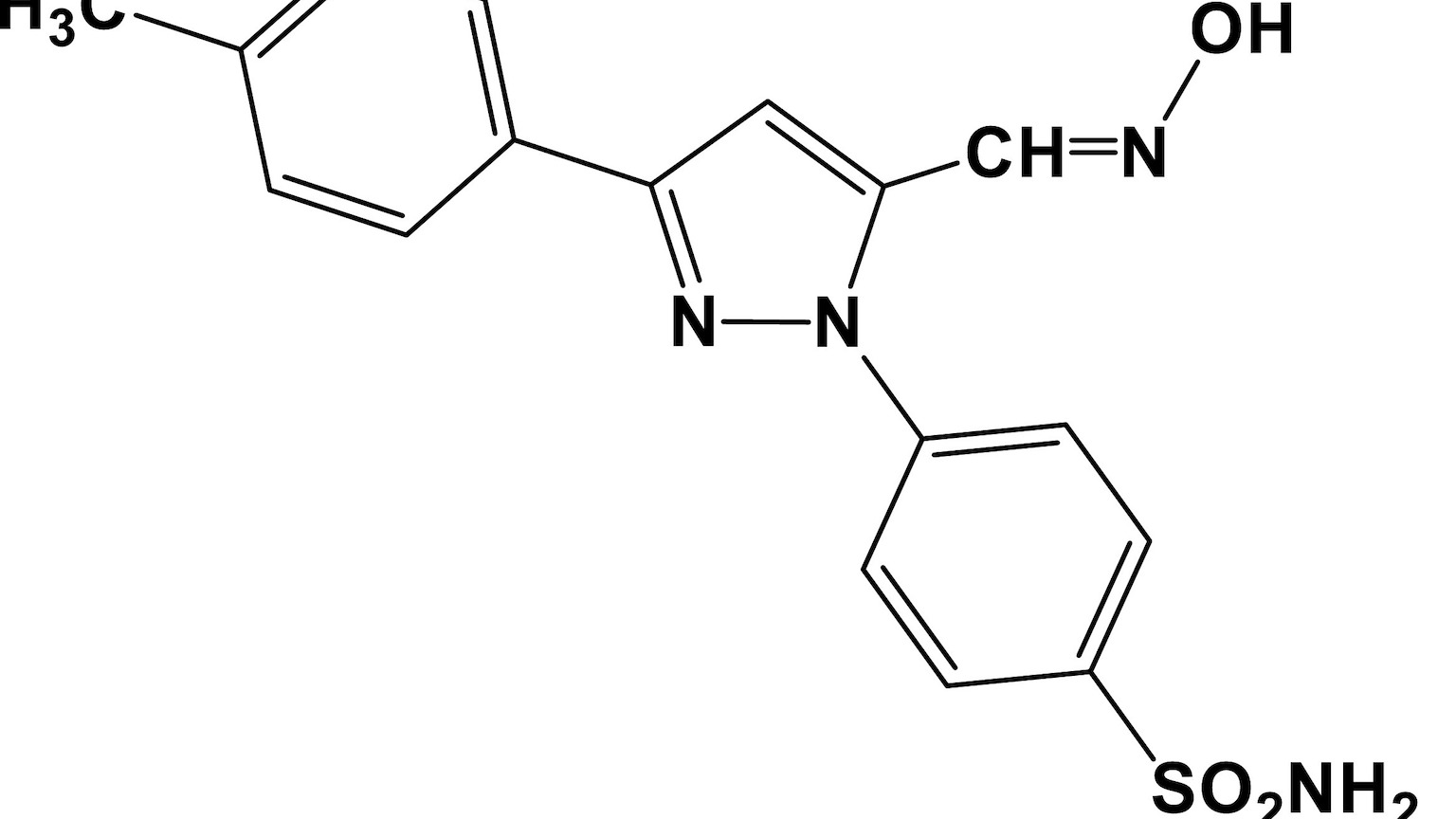A coming tidal wave: The opioid epidemic is about to get a whole lot worse
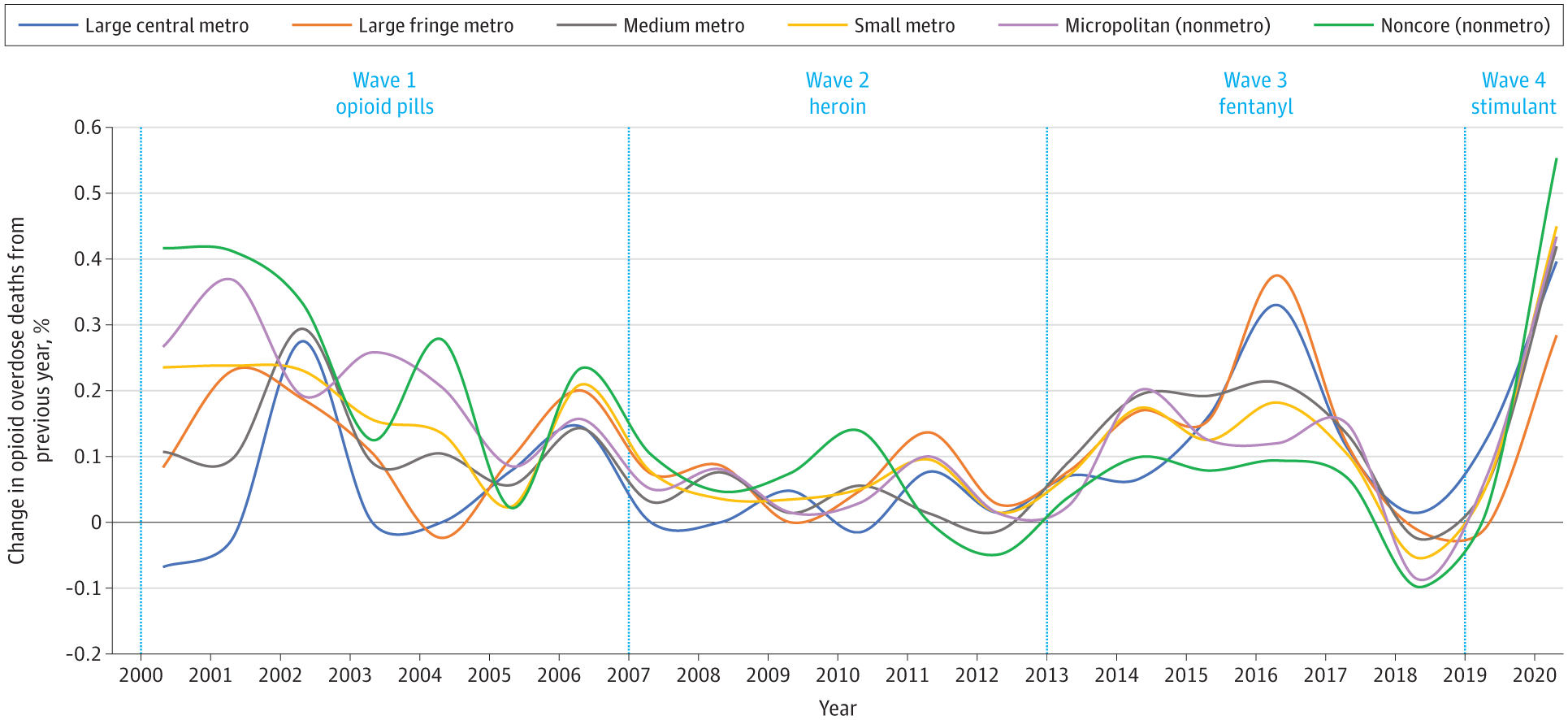
- The opioid epidemic in the U.S. has progressed in three distinct phases since 1999, claiming at least a half a million lives so far.
- We are now in the midst of an unprecedented fourth wave, triggered by COVID-19 and new formulations of illicit opioids, which will cause overdose deaths to skyrocket as never before.
- With around $38 billion in opioid settlement money coming to states and localities, we must immediately confront the burgeoning opioid epidemic with widely available treatments and mass awareness campaigns.
According to the most recent CDC data, there were an estimated 75,673 opioid overdose deaths in the U.S. during the 12-month period ending in April 2021, an astounding increase of 35% from the 56,064 deaths during the same period the year before. And as a team of public health experts in the U.S. now predicts in a paper published in the journal JAMA Network Open, that tragic statistic is about to get a whole lot worse.
Looking at comprehensive data from the CDC on opioid-involved overdose deaths between 1999 and 2020, lead author Dr. Lori Ann Post, Director of the Buehler Center for Health Policy and Economics at Northwestern University, and her colleagues described how America’s opioid epidemic, which has claimed more than half a million lives so far, has played out in three distinct waves.
“This fourth wave will be worse than it’s ever been before.”
Dr. Lori Ann Post
The first wave began in 1999 when opioid prescription rates skyrocketed, and drugs like Oxycontin, Vicodin, and Percocet grew mainstream, leading unsuspecting patients to become addicted to their painkillers in the wake of medical procedures. A smaller second wave started ten years later, when overdose deaths from heroin spiked. In 2013, a startling third wave kicked off, fueled by the rise of illicitly manufactured fentanyl, a synthetic opioid that is 50-100 times stronger than morphine.
We are now in the early stages of an even more devastating fourth wave, the researchers say. “We have the highest escalation rate for the first time in America, and this fourth wave will be worse than it’s ever been before,” Post said in a statement. “It’s going to mean mass death.”

Post and her colleagues found that opioid overdoses are skyrocketing in all parts of the U.S., from rural towns and cities, to the suburbs, to urban centers. Driving this terrifying increase is the COVID-19 pandemic, but also the addition of stimulants like methamphetamines and cocaine to the illicit opioid supply, as well as increasing abuse of an even more powerful opioid, carfentanil, which is used by veterinarians to anesthetize large animals like elephants and bears. Carfentanil is 50 to 100 times more potent than fentanyl — which means it is about 1,000 times more potent than morphine.
The resulting slurry of intoxicants is so powerful that it’s even diminishing the life-saving effects of overdose-reversing drugs like naloxone. Naloxone, commonly given as a nasal spray under the brand name Narcan, can reverse an opioid overdose in minutes by binding to opioid receptors found all over the body, kicking out any opioids that may have been plugged into those receptors that were essentially slowing the body’s functions to a complete standstill. Naloxone effectively gives the body a miraculous jump start from the brink of a numbing death.
Though the researchers’ prediction of “mass death” is indeed dire, it calls for immediate action, not despair. “We need to look at opioid addiction and overdose prevention immediately,” Post said.
With somewhere around $38 billion in opioid settlement money coming to states and localities from drugmakers like Johnson & Johnson, Purdue Pharma, Teva Pharmaceuticals, and AbbVie, there should be copious resources to provide free, medication-assisted treatment to those suffering from opioid addiction, raise awareness about the immense dangers of illicit opioids, and crack down on the individuals flooding our communities with these absolutely devastating drugs. It is indeed a matter of life and death.

